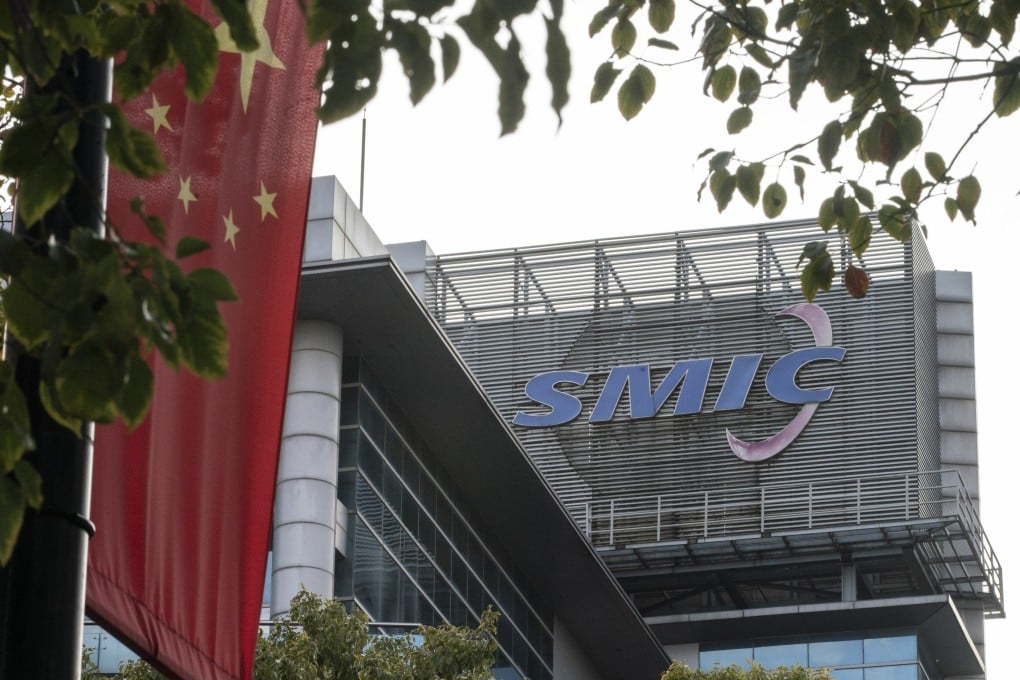China’s top chip maker SMIC beats earnings estimates despite threat of more US sanctions
- Semiconductor Manufacturing International Corp reported revenue growth of 41.6 per cent for the June quarter
- Net profits were down 25 per cent from the same period last year, as gross margin rose to 39.4 per cent

Semiconductor Manufacturing International Corp (SMIC) reported better-than-expected earnings for the June quarter, as China’s top chip maker faces up to rising risks of harsher US sanctions.
The company reported on Thursday that revenue during the three-month period rose 41.6 per cent year-on-year to reach US$1.9 billion, slightly better than Bloomberg’s consensus estimates of US$1.89 billion.
Net profits came in at US$514.3 million under global accounting standards, down 25 per cent from the same period last year, compared with US$447.2 million in the previous quarter. This was better than Bloomberg’s consensus estimates of US$469 million.
Gross profit margin rose to 39.4 per cent year-on-year from 30.1 per cent last year, compared with 40 per cent in the March quarter.
The Shanghai-based company said its revenue and gross margin during the period exceeded expectations mainly because the Covid-19 pandemic prevented some fabrication plants from conducting annual maintenance.
The financial results came amid escalating US-China tensions.
On Thursday, William Tudor Brown, former president of British chip design specialist Arm, said in a now-deleted LinkedIn post that he was leaving SMIC’s board as an independent non-executive director.
“Bitter sweet day today,” he wrote. “After 9 years I resigned from [the] SMIC board. The international divide has further widened.”
